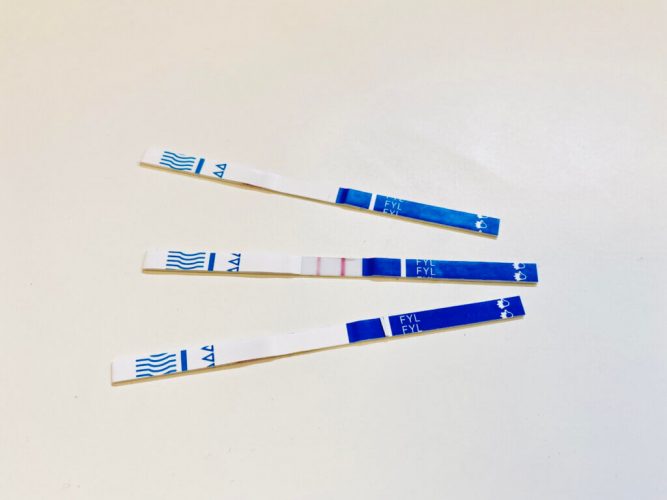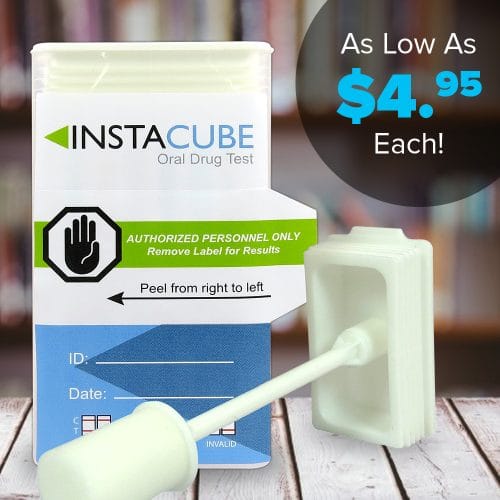The opioid crisis in the United States has reached unprecedented levels, with thousands of deaths occurring each year due to overdoses. One of the most dangerous substances is fentanyl, a synthetic opioid that is significantly more potent than morphine and heroin. Unfortunately, fentanyl has become increasingly common in recreational substances, leading to a surge in overdose deaths in recent years. However, there is a way to verify the presence of this deadly substance and make informed decisions about safety: fentanyl test strips. In this blog post, we will explore the hidden risk of fentanyl at social events and the importance of using test strips to prevent overdose deaths.
Fentanyl is responsible for a significant portion of overdose deaths in the United States. This substance is up to 100 times more potent than morphine and 50 times more potent than heroin. Fentanyl is often added to other substances, such as cocaine, heroin, and counterfeit prescription drugs, making it difficult for users to know what they are consuming. According to the National Institute on Drug Abuse, fentanyl was involved in more than 36,000 overdose deaths in the United States in 2019 alone.
Common Dangers from Fentanyl Exposure
The hidden risk of fentanyl at social events is a growing concern. Drug use at parties, concerts, and other social gatherings is common and often involves substances obtained from unknown sources. In many cases, these drugs are laced with fentanyl, making them even more dangerous. Even a small amount of fentanyl can cause an overdose, and the risk is heightened because individuals may not be aware of the presence of the substance. Fentanyl test strips can provide individuals with a way to verify the presence of the substance and make informed decisions about their safety.
The opioid crisis has become a complex problem affecting people from all walks of life in the United States. While the grave dangers of opioids are well-known, a hidden danger lies in the growing prevalence of fentanyl, a powerful synthetic opioid that has infiltrated various drugs. What makes this threat even more alarming is that exposure to fentanyl is not limited to conventional drug-use scenarios; it has also found its way into social events, putting unsuspecting individuals at risk. Fentanyl test strips have emerged as a critical tool for harm reduction in response to this hidden risk. Providing users with an added layer of protection and knowledge, these strips allow individuals to test their drugs before consumption. Promoting access to fentanyl test strips is an essential harm reduction approach to mitigate the potentially fatal consequences of fentanyl exposure at social events.
Fentanyl poses numerous dangers that contribute to the ongoing opioid crisis. Its high potency and prevalence in the illicit drug market have led to a range of devastating consequences. Fentanyl’s dangers include:
- Increased risk of overdose: Fentanyl is approximately 50 times more potent than heroin and can be up to 100 times more potent than morphine. Even small amounts of fentanyl can easily cause respiratory depression and lead to a fatal overdose.
- Uncertain dosage: The clandestine nature of fentanyl’s presence in other drugs makes it challenging for users to gauge the dosage they are consuming. This increases the risk of unintentionally ingesting a lethal amount of fentanyl.
- Combination with other substances: Fentanyl is often mixed with other substances, such as heroin, cocaine, or counterfeit prescription pills. This creates an unpredictable and potentially lethal combination that further increases the risk of overdose.
- Respiratory distress: Fentanyl can cause severe respiratory depression, leading to respiratory failure and death. Its potent effects can quickly overwhelm the body’s ability to regulate breathing, putting users at heightened risk.
- Highly addictive: Fentanyl is highly addictive, both physically and psychologically. Its addictive properties contribute to the cycle of substance abuse, making it extremely difficult for individuals to break free from its grip.
These dangers highlight the urgent need for comprehensive strategies, including harm reduction initiatives and increased access to treatment, to address the fentanyl crisis and mitigate its devastating impact on individuals and communities.
Fentanyl Tests Strips Technology
Fentanyl test strips use lateral flow immunoassay technology to detect the presence of fentanyl in a substance. This technology is used in many medical tests and is highly accurate. The strips are designed to be easy to use and provide results within minutes. By using test strips, individuals can determine if a substance contains fentanyl and take appropriate measures to reduce their risk of overdose.
Fentanyl test strips utilize lateral flow immunoassay technology, which empowers individuals to confirm the presence of dangerous substances, specifically fentanyl. Lateral flow immunoassay is a widely used diagnostic technique that allows for quick and reliable detection of specific compounds or analytes in a sample.
How to Use Fentanyl Test Strips
With fentanyl test strips, individuals can take a small sample of a substance suspected to contain fentanyl and mix it with a solution, usually water. The test strip is then dipped into the solution. The strip contains specialized antibodies that are designed to bind specifically to fentanyl molecules if present. As the solution flows through the strip, it carries the sample and any potential fentanyl along with it.
If fentanyl is present in the sample, the antibodies on the test strip will bind to the fentanyl molecules, forming a visible line or indicator on the strip. This line serves as confirmation that fentanyl is present in the substance being tested. On the other hand, if no fentanyl is detected, no line or indicator will appear.
Purpose of Fentanyl Test Strips
By using this technology, fentanyl test strips provide individuals with a simple and accessible method to verify the presence of fentanyl. This empowers users to make informed decisions about their safety, especially when it comes to substances consumed at social events or other environments where the risk of fentanyl exposure may be hidden.
Fentanyl test strips, with their lateral flow immunoassay technology, offer a practical solution for harm reduction by allowing individuals to proactively assess the presence of this dangerous substance. By gaining this knowledge, users can take necessary precautions, seek help, or make informed choices that can potentially save lives and reduce the risks associated with fentanyl exposure.
Accessing fentanyl test strips can be challenging, but they are becoming more widely available. Harm reduction organizations, such as needle exchanges, and community health centers may provide test strips for free or at a low cost. Online retailers also offer test strips, although it is important to ensure that these products are from reputable sources. Making fentanyl test strips more widely available to the public can help prevent overdose deaths and ensure that individuals have the tools they need to stay safe.
Fentanyl is a deadly substance that is increasingly common in recreational drugs, posing a significant risk to individuals who use these substances. Fentanyl test strips provide a way to verify the presence of the substance and make informed decisions about safety. By using test strips at social events, individuals can reduce their risk of overdose and prioritize their health and well-being. It is important to make fentanyl test strips more widely available to the public and to raise awareness of the hidden risk of fentanyl at social gatherings. Let us all prioritize safety and make informed decisions to prevent overdose deaths.



